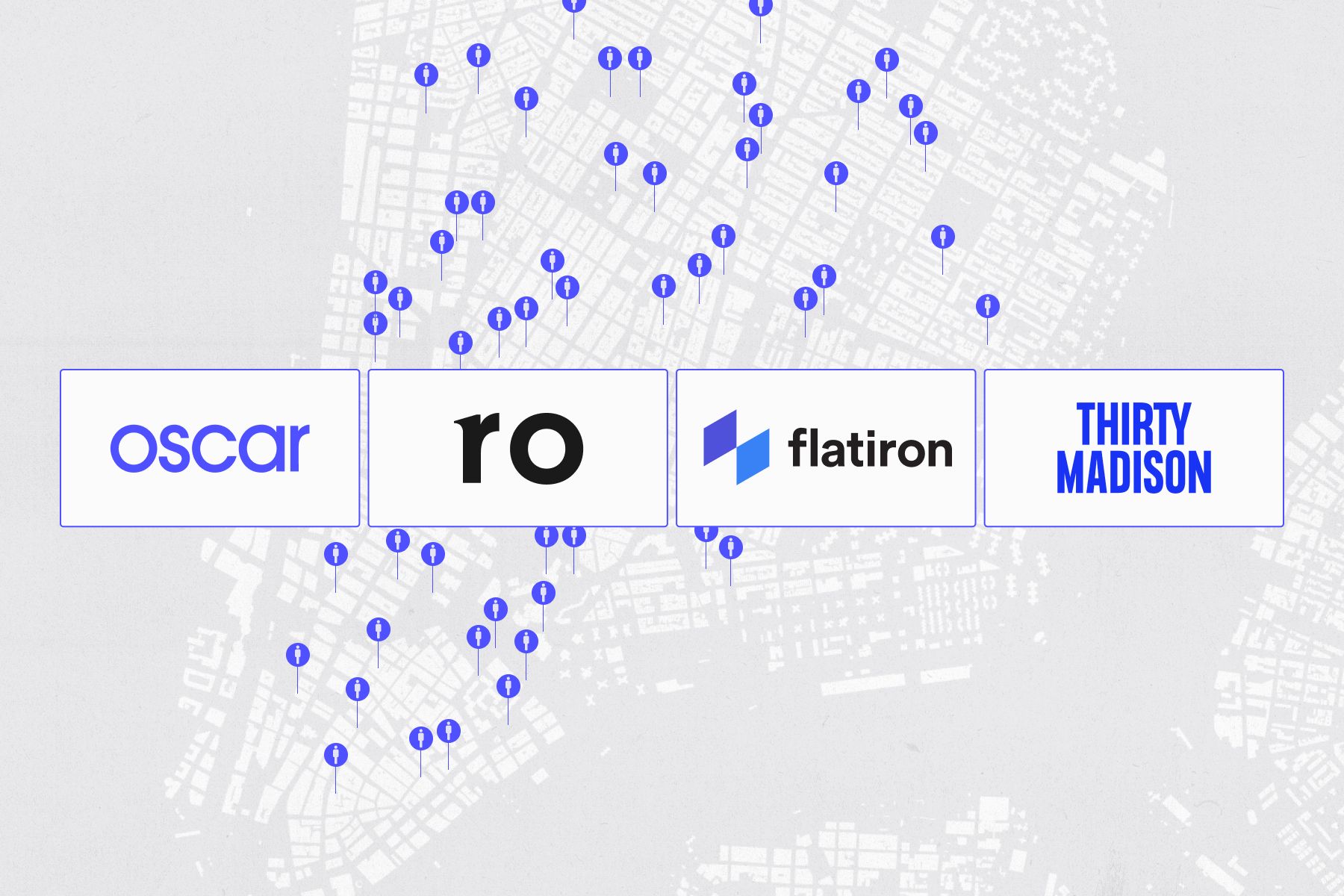A Letter to German Entrepreneurs

As the European startup ecosystem matures, you would expect young entrepreneurs to enjoy ever-increasing access to useful advice from mentors, business leaders, experienced entrepreneurs, legal advisors and investors.
Yet, surprisingly, we continue to come across founders who have made significant mistakes in their early capital raises that we suspect go against their own instincts and jeopardize the foundations of the businesses they are building.
A startling number of German startups that we have spoken to have ownership structures which put them at a real disadvantage when raising their first venture round. In many cases we have observed, the founders have given away too much equity to their first investors — typically angels and family offices, who have little experience with fast-growing startups or the venture capital funding model.
More often than not, these companies have no formal option pool, although many have either formal or informal promises to grant options to key employees. In addition, the boards of these companies are usually dominated by the same investors who own too much of the company’s equity and the advice and counsel that they offer the founders as a result is, at best, limited and, at worst, self-serving.
It is not uncommon for us to come across a one-year old startup that has yet to release its product, in which the angel investors already own 60% of the company, three founders (together) own 40% and there is no option pool. While the company may be interesting to us from a product, market and team perspective, we know that we will face massive challenges in structuring an investment that will result in a company with a healthy cap table that will allow the company to grow, attract and retain talent as well as raise future rounds of funding - without having to waste energy on dealing with misaligned stakeholders.
While there are no hard and fast rules, when we make a Series A investment we expect to own around 20% of the company on a fully-diluted basis. We also want the company to have sizeable option pool (15% to 25%) available for grants to new employees, as it is - at this stage - still building its core team and we’d like the company’s founders and team to have as big a stake as possible so that they can preserve a decent level of ownership for future rounds.
Angel investors, friends and family, who contributed cash to get the business started, deserve some level of ownership; but clearly 60% (or even 40%) are out of the question, if we want the math to work. For any founder, this type of structure should ring all kinds of alarm bells.
If we assume that the Series A investor will own 20% after the round closes, there is a 20% unallocated option pool and the founders and team own 40%, this leaves 20% for the earlier investors after the round. We should also note that when a startup raises a large Series A round that may involve two or three venture funds, the amount of equity allocated to the round might be as high as 40%.
In this case, the option pool is uncompressible and the incentive is still there to keep the founders and team at a meaningful ownership level, which puts en even lower ceiling on the ownership allocated to earlier investors.
This problem is all the more thorny, when the angel investors have the right to participate in future rounds and intend to do so in order to protect against dilution. In these cases, the equation is basically unsolvable and doing a round with a venture investor risks entangling the founders in endless meetings and conference calls with their angel backers to find a compromise that will allow them essentially to rewrite their cap table.
And while having the angel investors sell all or some of their shares to the new investor might help redress the cap table, it is never desirable to have most of the money invested in an early round going to selling shareholders rather than into building the company.
Of course, not all of the fault in these lopsided structures lies with the angel investors. To some extent, the founders ,who did the deals in the first place, either raised too much money, or gave away too much equity, without considering the impact upon their next capital raise. In most cases entrepreneurs - especially first-time entrepreneurs - are naïve about fundraising. And while we cannot blame them for that, we can question their judgment for choosing to do a quick but sloppy deal and wonder why they did not seek the advice of someone with relevant experience who knew better.
Our advice to future entrepreneurs in Germany, and elsewhere, is to be thoughtful about the first money you raise; think hard how much you require, who you raise it from and what your investors are getting in return. While the people giving you your first €10,000 should be rewarded, they should not be given the means to hinder your future fundraising. While this advice may be perceived as self-serving coming from a venture capitalist keen to make Series A investments in Germany, we genuinely believe it is not and that you would hear the same thing from experienced entrepreneurs in the Bay Area or elsewhere.
We also think that in your seed round, you should raise as little money as possible - just enough to allow you to get to the validation point you will need to raise your next round. Choose your angels wisely and ask yourself how helpful and cooperative they will be when you come to raise your next round. We also don’t think that it’s a great idea to raise money from dozens of angels, if you can raise it from just a handful. Keeping them informed and getting them to agree to the terms of the next round should be as simple as possible and ideally not require lots of your (and your lawyer’s) time.
Finally, we generally don’t think it makes sense to include corporate investors or their venture arms in seed rounds. Having them be part of your cap table, with an investment that is probably trivial to them, will likely entail more negatives than positives. The real value that these partners can bring is through being great customers, great suppliers or a distribution partner. Further down the road it may make sense to bring one or more corporate investors into your ownership structure, or even sell the entire business to them, but until you reach that point, we think you are much better served by trying to do business with them all.
Published — Oct. 21, 2013

